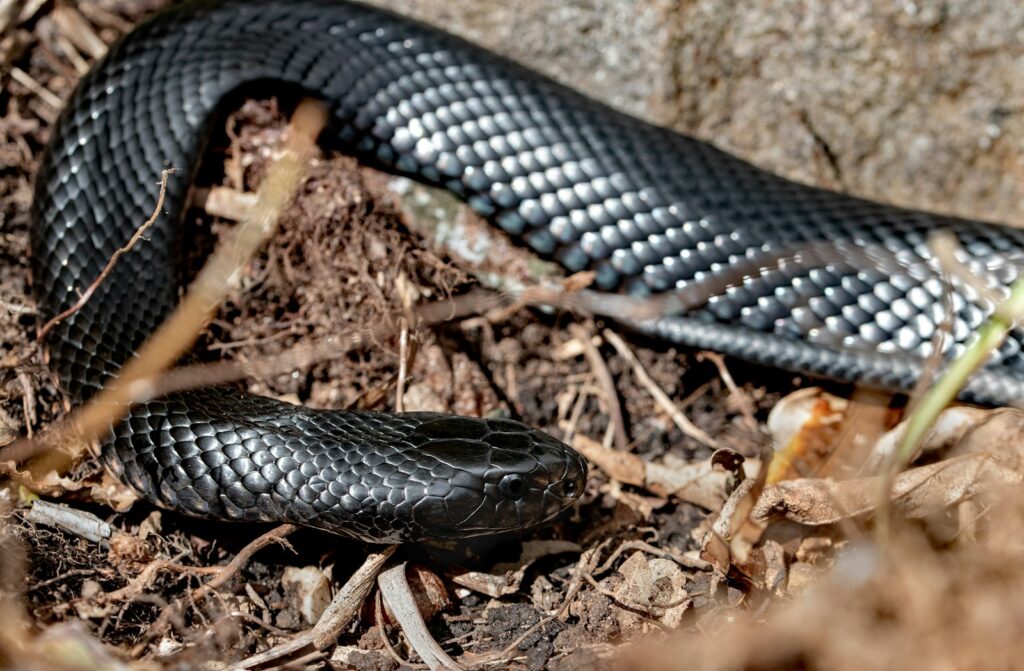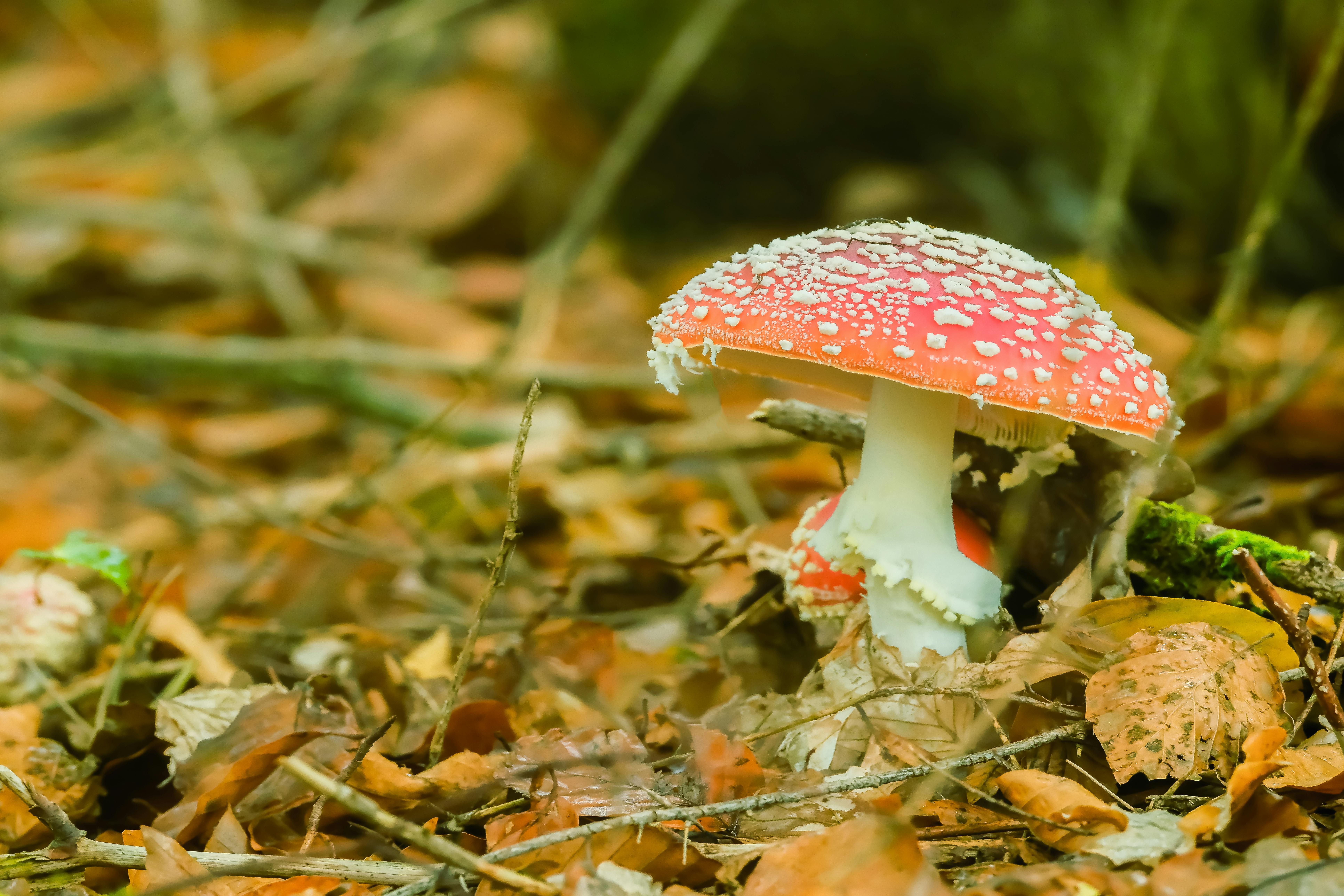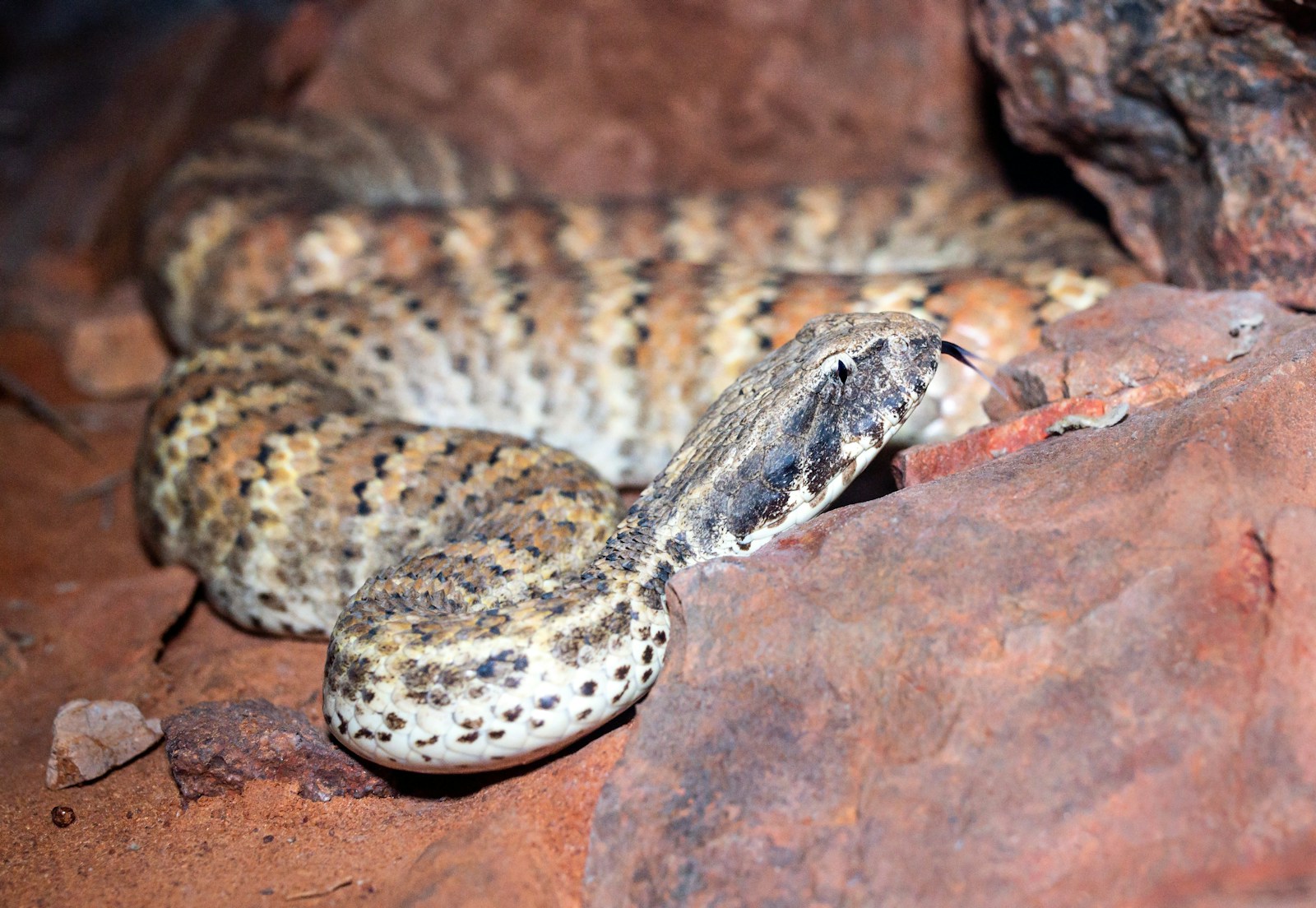Beneath the leaf litter and within the earthy layers of our ecosystems, snakes play crucial but often unrecognized roles in maintaining soil health. While many people focus on the more visible aspects of snake behavior—hunting, basking in the sun, or occasionally crossing our paths—their influence on soil ecosystems remains largely invisible to the human eye. These reptiles contribute to soil health through their burrowing activities, nutrient cycling, pest control, and other ecological interactions that ripple through the environment. Understanding these hidden contributions not only enhances our knowledge of ecosystem dynamics but also highlights the importance of snake conservation in maintaining healthy soils, the foundation of terrestrial life. Let’s explore six significant ways that snakes influence soil health while remaining largely unseen.
Burrowing Activities Create Essential Soil Aeration

Many snake species are skilled excavators that create complex tunnel systems beneath the surface, significantly improving soil structure. As these reptiles move through soil layers, they create channels that allow air to penetrate deeper into the earth, a process known as aeration. This increased oxygen availability is crucial for aerobic soil microorganisms that decompose organic matter and release nutrients for plant uptake. Species like the pine snake (Pituophis melanoleucus) and gopher snake (Pituophis catenifer) are particularly effective engineers, creating burrows that can extend several meters underground. The resulting network of tunnels persists long after the snake has moved on, continuing to benefit soil health by preventing compaction and facilitating water infiltration during rainfall events.
Nutrient Cycling Through Waste Deposition

Snakes contribute to nutrient cycling in soil ecosystems through their metabolic waste products, which serve as concentrated packages of nutrients. Their feces and uric acid deposits introduce nitrogen, phosphorus, and other essential elements directly into the soil profile. Unlike many larger mammals whose waste may be more visible and concentrated in specific areas, snake excreta is distributed more widely throughout their habitat as they move. This pattern of distribution creates small, localized nutrient hotspots that benefit soil microorganisms and plant roots. Research has shown that areas with healthy snake populations often display enhanced microbial activity and higher concentrations of bioavailable nutrients compared to similar habitats where snakes are absent or have been removed.
Predation on Soil-Disturbing Rodents

One of the most significant yet indirect ways snakes influence soil health is through their role as predators of burrowing rodents. Small mammals like voles, mice, and ground squirrels can dramatically alter soil structure through their extensive tunneling and feeding activities, sometimes leading to excessive soil disturbance and erosion. By controlling these populations, snakes help maintain a balanced ecosystem where rodent burrowing contributes positively to soil health without becoming destructive. This natural form of pest management is particularly important in agricultural settings, where unchecked rodent populations can damage crops and create unstable soil conditions. Studies in various ecosystems have documented improved soil stability in areas with intact snake populations that effectively regulate rodent numbers.
Promotion of Beneficial Arthropod Communities

Snakes create microhabitats that support diverse communities of beneficial soil arthropods, including detritivores that break down organic matter. When snakes shed their skin, a process called ecdysis that occurs several times per year, they leave behind protein-rich material that attracts insects and other invertebrates. These shed skins decompose slowly, providing sustained nutrition for various soil organisms that contribute to humus formation and soil structure improvement. Additionally, snake burrows provide shelter for many arthropod species, protecting them from extreme temperatures and predators. This increased arthropod diversity enhances decomposition rates and nutrient cycling within the soil ecosystem, creating a more biologically active and resilient soil environment.
Enhancement of Soil Microbial Diversity

The presence of snakes in an ecosystem indirectly supports greater soil microbial diversity through multiple pathways. As snakes move through their environment, they transport microorganisms on their scales and in their digestive tracts, effectively serving as vectors for beneficial bacteria and fungi. Their burrows create unique microclimates with different moisture and temperature conditions than the surrounding soil, allowing for the development of specialized microbial communities. These microenvironments often harbor higher concentrations of symbiotic fungi and nitrogen-fixing bacteria that enhance plant growth and soil fertility. Research examining soil samples from active snake habitats has revealed significantly higher microbial biomass and functional diversity compared to similar areas without snake activity.
Contribution to Organic Matter Incorporation

Snakes facilitate the incorporation of organic matter into deeper soil layers, enhancing carbon sequestration and soil fertility. As they move through leaf litter and surface debris while hunting or seeking shelter, snakes inadvertently push organic materials into their burrows and deeper soil horizons. This vertical movement of organic matter is crucial for soil formation processes and creates carbon-rich soil layers that might otherwise take decades to develop through natural settling processes alone. The incorporation of surface organic matter into deeper soil profiles also creates resource gradients that support different decomposer communities at various depths. Over time, this snake-assisted organic matter distribution contributes to the development of more complex and productive soil profiles with improved water-holding capacity and nutrient availability.
Temperature Regulation Within Soil Profiles

Snake burrows create important temperature buffers within soil profiles that benefit both the soil ecosystem and the surrounding vegetation. These subsurface chambers maintain more stable temperatures than the soil surface, providing refuge for temperature-sensitive microorganisms during extreme weather events. During hot summer months, the cooler temperatures in abandoned snake burrows allow soil biological activity to continue when it might otherwise slow or cease entirely at the surface. Conversely, during cold periods, these same spaces can be slightly warmer than the surrounding soil, extending the active season for beneficial decomposers. This microclimate regulation helps maintain consistent rates of organic matter decomposition and nutrient cycling throughout seasonal temperature fluctuations.
Protection of Soil From Erosion

The complex root systems that develop around snake burrows help stabilize soil and prevent erosion in vulnerable ecosystems. Plants often establish themselves near snake burrows, taking advantage of the improved soil structure, aeration, and nutrient availability these microhabitats provide. The resulting vegetation anchors soil particles with their roots, significantly reducing the risk of wind and water erosion. This protective effect is particularly valuable in arid or semi-arid environments where soil is naturally more susceptible to erosion forces. Long-term ecological studies have demonstrated that areas with healthy snake populations typically show better soil retention and less evidence of erosion damage following heavy rainfall events compared to similar landscapes where snakes have been removed or excluded.
Facilitation of Water Infiltration and Retention

Snake burrows significantly improve water dynamics within soil systems by enhancing both infiltration rates and moisture retention capabilities. During rainfall events, these natural channels direct water deeper into the soil profile rather than allowing it to run off the surface, reducing erosion and increasing groundwater recharge. The improved soil structure around snake burrows, with its greater porosity and organic matter content, can hold more water for longer periods, creating a more drought-resistant ecosystem. This enhanced water availability benefits plant communities and supports more consistent microbial activity throughout dry periods. Hydrological studies comparing areas with and without significant snake activity have documented up to 40% greater water infiltration rates in soils where snakes actively burrow.
Creation of Habitat Heterogeneity in Soil Environments

Snakes contribute to creating heterogeneous soil environments that support greater biodiversity and ecosystem resilience. Through their burrowing, hunting, and other activities, they create a patchwork of different soil conditions within a single habitat, including variations in compaction, organic matter content, moisture, and nutrient concentrations. This environmental heterogeneity provides niches for a wider range of soil organisms and plant species than would exist in more uniform soil conditions. Ecological research has demonstrated that such habitat complexity is directly correlated with increased species richness and functional diversity within soil food webs. By maintaining this soil habitat diversity, snakes indirectly support more stable and productive ecosystems with enhanced ability to resist and recover from environmental disturbances.
Historical Influence on Soil Development

The long evolutionary history of snakes has allowed them to shape soil development processes over geological timescales in many ecosystems. Paleontological evidence suggests that snake burrowing activities have influenced soil formation for millions of years, contributing to the development of distinct soil horizons and characteristics in various biomes. In some regions, the cumulative effects of countless generations of snakes moving through and modifying soil environments have left lasting signatures detectable in soil profiles today. These historical influences include preferential pathways for root growth, persistent changes in soil structure, and altered mineral distribution patterns within soil layers. Understanding these long-term impacts provides valuable insights into how contemporary snake populations continue to shape soil health and ecosystem function in the present day.
Conservation Implications for Soil Management

Recognizing the vital contributions snakes make to soil health has important implications for both conservation efforts and sustainable land management practices. Declining snake populations due to habitat loss, persecution, and climate change may have cascading negative effects on soil ecosystems that extend far beyond the loss of the reptiles themselves. Land managers and conservationists are increasingly incorporating knowledge of snake-soil interactions into habitat restoration projects, creating artificial hibernacula and burrow systems in areas undergoing ecological rehabilitation. Agricultural researchers are also exploring how maintaining snake-friendly field margins and refuges might provide natural pest control while simultaneously enhancing soil health in farming systems. By protecting snakes and their habitats, we simultaneously preserve the invisible ecosystem services they provide to soil systems that ultimately support human food production and environmental stability.
The hidden contributions of snakes to soil health represent a fascinating example of how seemingly unrelated components of ecosystems are intricately connected through complex ecological relationships. From creating physical channels for air and water movement to influencing the distribution of nutrients and organic matter, snakes serve as ecosystem engineers whose impacts extend far beyond their role as predators. While these reptiles may remain largely unseen as they go about their lives beneath the surface, their cumulative effects on soil processes are substantial and ecologically significant. As we continue to understand and appreciate these hidden connections, the case for snake conservation grows stronger, not just for the inherent value of these remarkable reptiles but for the essential services they provide in maintaining healthy, functional soils that support all terrestrial life.





